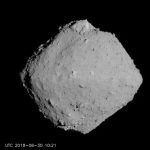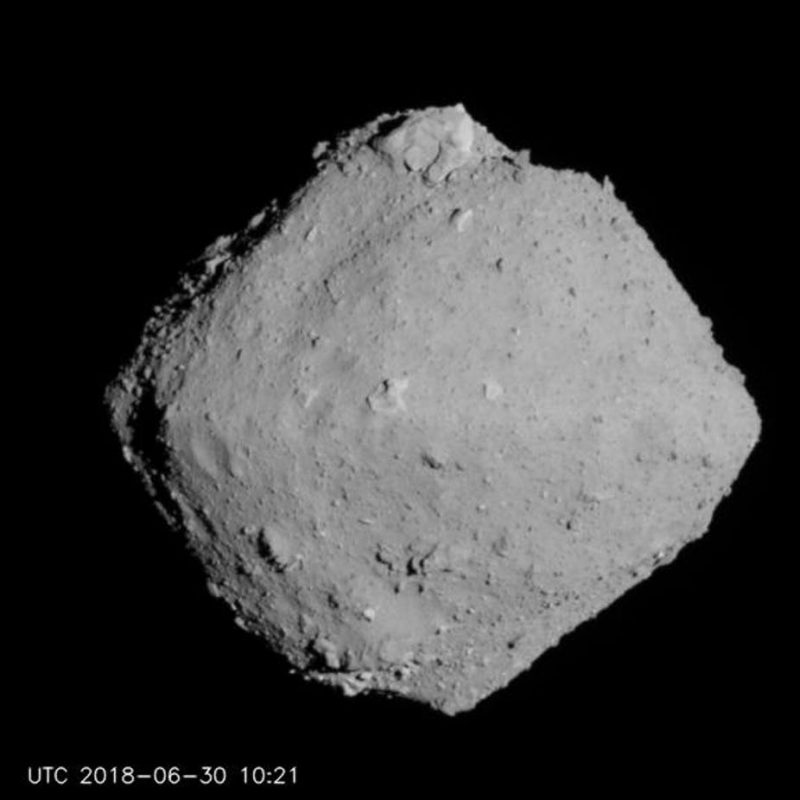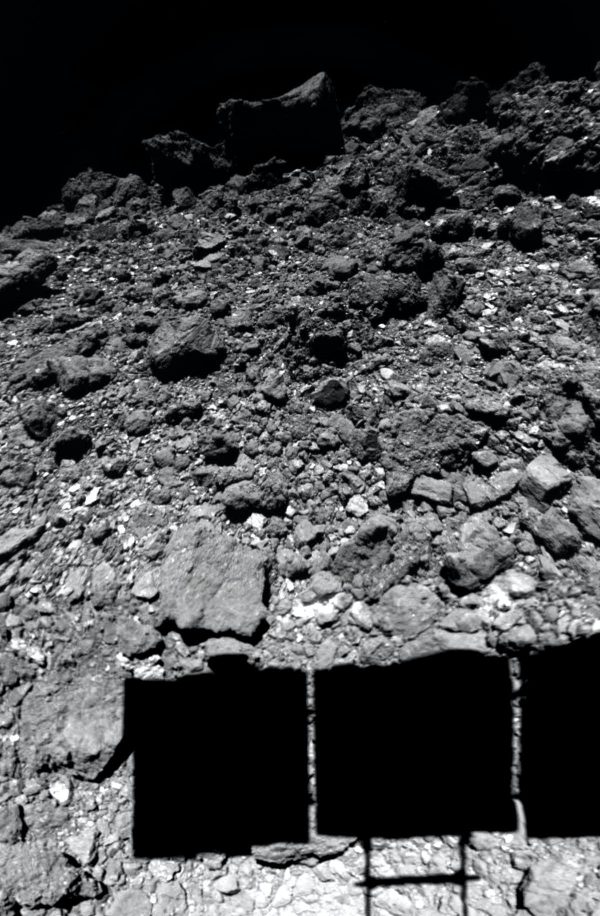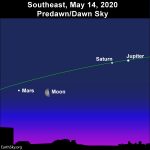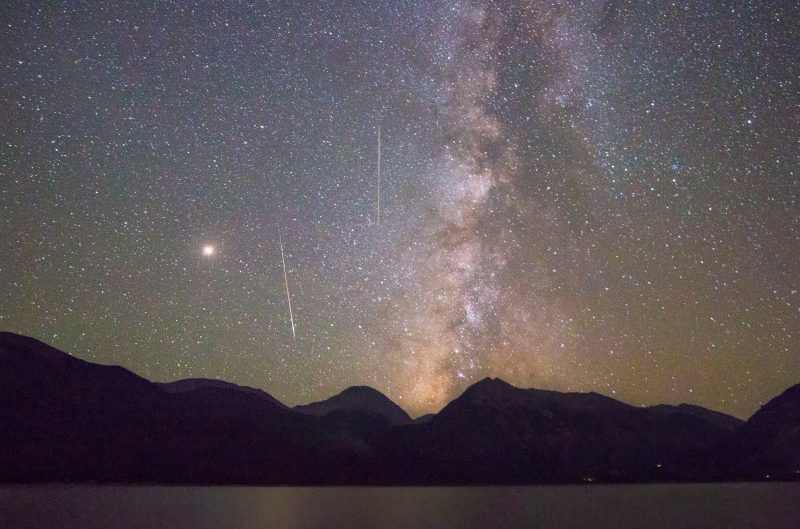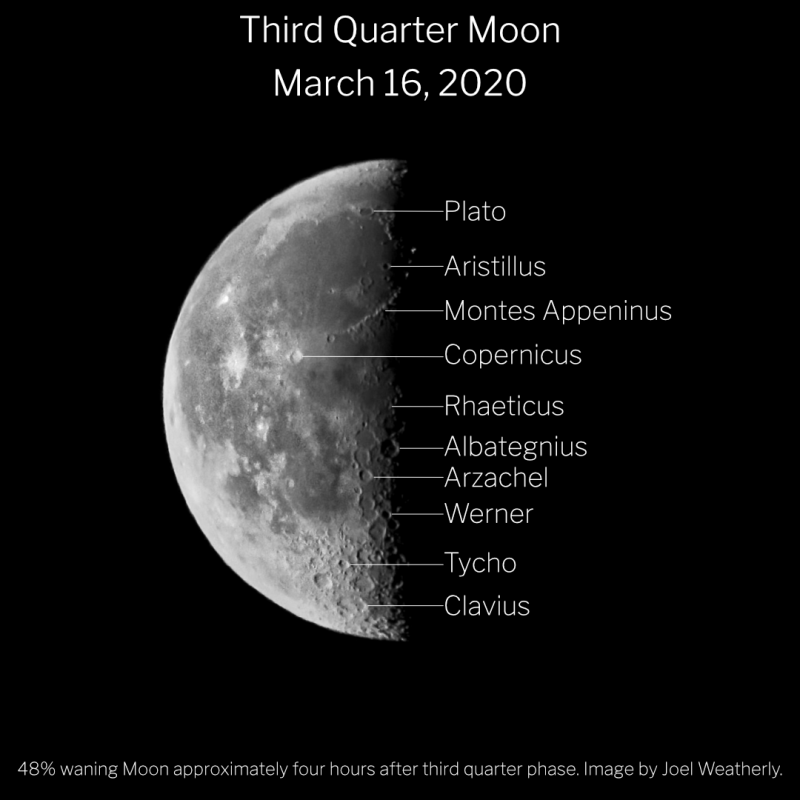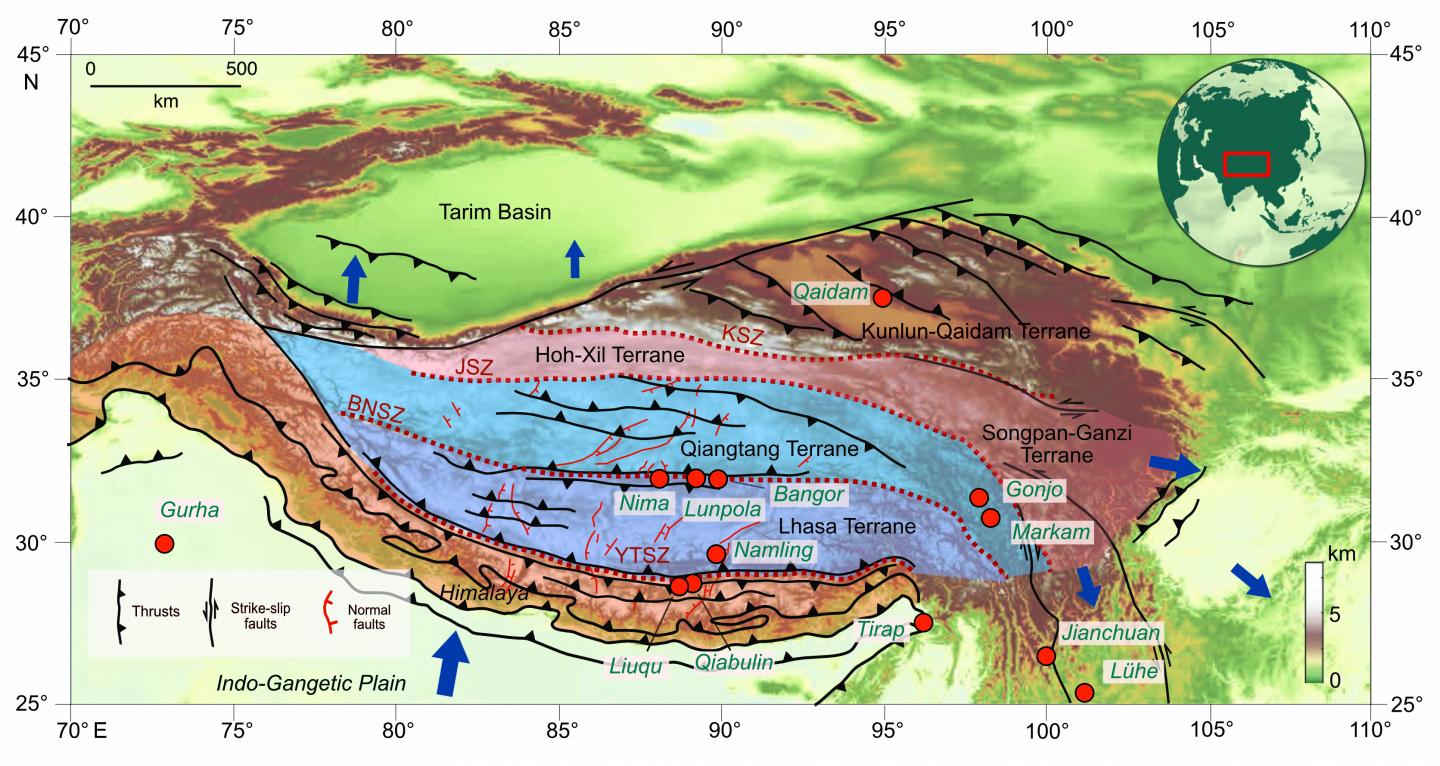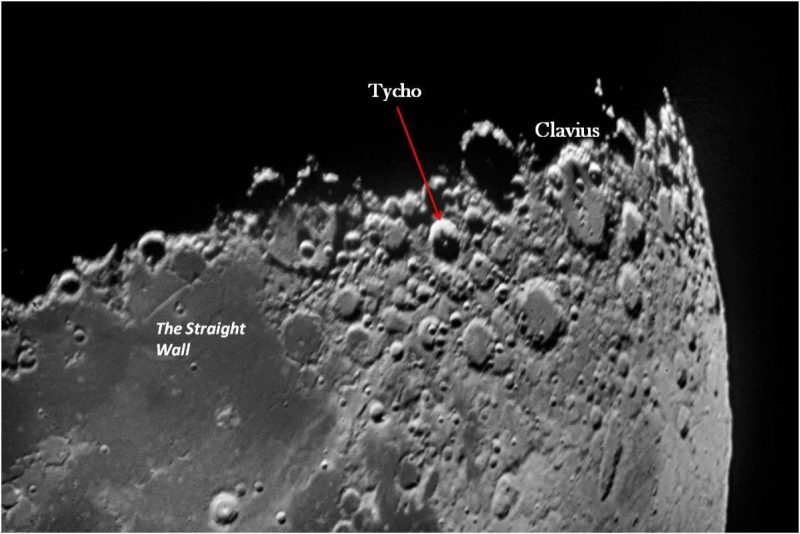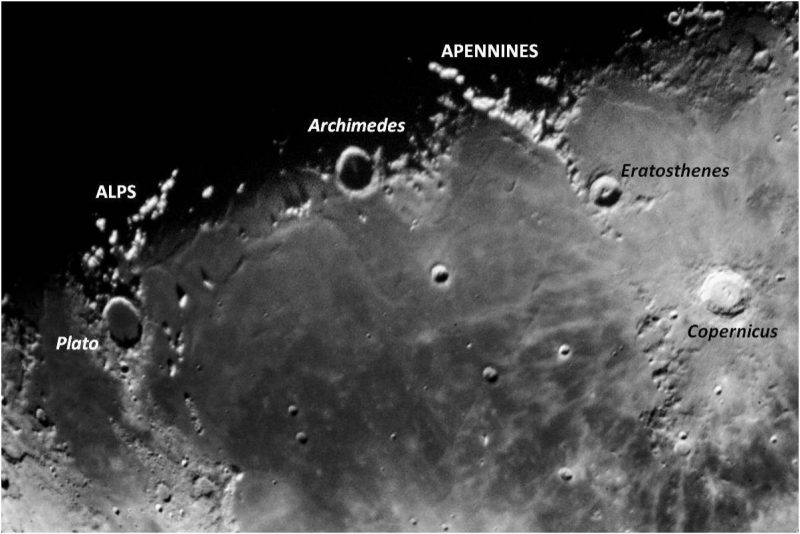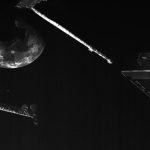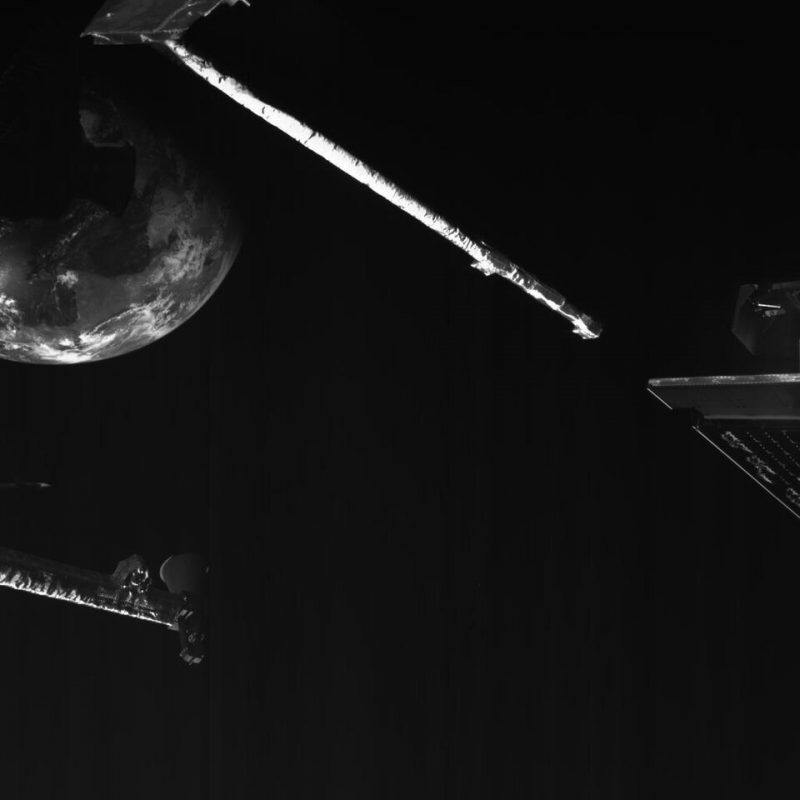
COVID-19 is delaying cancer research and treatment. We’re catching up with some of the cancer researchers who are using their expertise, experience and equipment to help tackle COVID-19 and get cancer services back on track.
In the wake of the COVID-19 pandemic, many research labs have closed or drastically slowed down in an effort to protect their staff. But in Oxfordshire, a 1,800-feet donut-shaped building is still open for science – COVID-19 related science, that is. It’s the Diamond synchrotron, a particle accelerator that acts like a giant microscope and allows scientists to look at the structure and shape of molecules in exceptional detail.
Researchers from the Cancer Research UK Newcastle Drug Discovery Unit at Newcastle University have been harnessing the power of the synchrotron to identify the cancer drugs of the future. Now, the leading technology they’ve developed is helping Professors Steve Wedge, Martin Noble and Mike Waring to discover potential new drugs against COVID-19.
At a time when measures taken to slow the virus’ spread prevent us from fully focusing on our work to beat cancer, they’re one of the many Cancer Research UK-funded teams making their expertise and world-leading technologies available to accelerate the search for COVID-19 treatments.
Intelligent drug databases
Hundreds of miles away, Professor Bissan Al-Lazikani from The Institute of Cancer Research, London, has just unveiled an updated version of their ‘intelligent’ database canSAR, which has been optimised for COVID-19.
CanSAR is a powerful database that pulls together cancer research results. It connects billions of experimental results and measurements to give a comprehensive overview of some of the fundamental questions in cancer drug discovery. Over the past 10 years, it’s been used by researchers and companies alike to better understand cancer and help guide drug development. What would have otherwise taken 2-3 weeks to research and review, canSAR can achieve in a few minutes.
This speed and clarity are invaluable in the current situation, as the research community is scrambling for a vaccine and the evidence about potential treatments is constantly evolving.
The new Coronavirus-CanSAR resource is updated daily and integrates data from all around the world on what’s known about COVID-19 and similar viruses, how they interact with the human body, as well as information on drugs and clinical trials. The resource also uses canSAR’s unique AI-tools to help researchers prioritise the best avenues to explore and uncover hidden opportunities for the potential discovery of new therapies.
“Right now, there are lots of opportunities that might be missed with conventional methods, because there is so much chaos,” explains Al-Lazikani. “But our analysis of all the relevant 3D information that we have in the database, and which canSAR allowed us to do very quickly, has already pointed out that the way the virus interacts with human cells could be a good target for drug discovery.”
This type of information is gold dust to the Newcastle team, whose speciality is finding drugs that work against specified targets.
Accelerating drug discovery
In principle, identifying a promising new drug is not very different from throwing hundreds of small molecules at a cancer target to see what sticks. Only these molecules must be carefully curated to yield the most promising candidates.
The incredible power of the synchrotron is to show exactly how and where these molecules attach to the target – a powerful insight that helps screen for the most promising future drugs, before they’re refined to make them more efficient at targeting cancer. “If you get the screening process right, you stand the best chance of developing things on towards a drug,” says Noble.
So, when the team at the Diamond synchrotron asked to use their library of molecules to screen for drugs against a COVID-19 target, the researchers agreed immediately. The screen returned two candidates that can bind a protein found on the virus. “They bind in a way that we’d expect would stop the viral protein from working,” Waring explains, “so if developed further, they might be effective in slowing down the virus’ ability to multiply”.
The team are now hoping to kick start the process of drug development to refine the molecules little by little, each step bringing them closer to a usable drug. They’ll start by making the drugs attach better to their target, and further down the line, they’ll make sure the drugs go where they’re needed and don’t affect other parts of the body.
It’s a process that may take years, but needs to begin now if we want to achieve long-term control of COVID-19.
“This virus is probably not going to go away,” Noble concedes. “So it’s quite likely we’ll need a treatment for it in years to come, and potentially for other mutated forms of the virus too.”
But there will be another, more immediate beneficiary: cancer research. Using their library in the Diamond synchrotron helps scientists refine it, meaning it will ultimately perform better for cancer drug discovery.
Looking to the future
Similar to Newcastle’s drug library, the canSAR platform is constantly evolving, and researchers are learning from innovations put in place for Coronavirus-CanSAR, like the user-friendly interface they’ve developed to easily visualise all the ongoing COVID-19 clinical trials. “We built the oncology canSAR to include much information from outside cancer from which we can learn. This is why it was a natural platform to adapt to coronavirus research. And now, the learnings we have gained from this exercise will go back and improve our cancer platform” says Al-Lazikani, “as it would be very useful for oncologists.”
Despite the encouraging results in the COVID-19 sphere, there is a latent restlessness in our research community. Finding drugs to target cancer remains the main mission, but with COVID-19 delaying cancer research, treatment and care, using some of our scientific expertise to fight the virus will ultimately help us to better support people affected by cancer.
“We’re also getting inventive to find ways to carry on our research against cancer, for example outsourcing what we can to labs that are still operational to keep drug discovery projects running” says Wedge. “Our researchers are involved in analysing data and working from home in many different ways, but they’re desperate to get back to normal.”
Daimona Kounde is a science media officer at Cancer Research UK.
from Cancer Research UK – Science blog https://ift.tt/2WtAdov

COVID-19 is delaying cancer research and treatment. We’re catching up with some of the cancer researchers who are using their expertise, experience and equipment to help tackle COVID-19 and get cancer services back on track.
In the wake of the COVID-19 pandemic, many research labs have closed or drastically slowed down in an effort to protect their staff. But in Oxfordshire, a 1,800-feet donut-shaped building is still open for science – COVID-19 related science, that is. It’s the Diamond synchrotron, a particle accelerator that acts like a giant microscope and allows scientists to look at the structure and shape of molecules in exceptional detail.
Researchers from the Cancer Research UK Newcastle Drug Discovery Unit at Newcastle University have been harnessing the power of the synchrotron to identify the cancer drugs of the future. Now, the leading technology they’ve developed is helping Professors Steve Wedge, Martin Noble and Mike Waring to discover potential new drugs against COVID-19.
At a time when measures taken to slow the virus’ spread prevent us from fully focusing on our work to beat cancer, they’re one of the many Cancer Research UK-funded teams making their expertise and world-leading technologies available to accelerate the search for COVID-19 treatments.
Intelligent drug databases
Hundreds of miles away, Professor Bissan Al-Lazikani from The Institute of Cancer Research, London, has just unveiled an updated version of their ‘intelligent’ database canSAR, which has been optimised for COVID-19.
CanSAR is a powerful database that pulls together cancer research results. It connects billions of experimental results and measurements to give a comprehensive overview of some of the fundamental questions in cancer drug discovery. Over the past 10 years, it’s been used by researchers and companies alike to better understand cancer and help guide drug development. What would have otherwise taken 2-3 weeks to research and review, canSAR can achieve in a few minutes.
This speed and clarity are invaluable in the current situation, as the research community is scrambling for a vaccine and the evidence about potential treatments is constantly evolving.
The new Coronavirus-CanSAR resource is updated daily and integrates data from all around the world on what’s known about COVID-19 and similar viruses, how they interact with the human body, as well as information on drugs and clinical trials. The resource also uses canSAR’s unique AI-tools to help researchers prioritise the best avenues to explore and uncover hidden opportunities for the potential discovery of new therapies.
“Right now, there are lots of opportunities that might be missed with conventional methods, because there is so much chaos,” explains Al-Lazikani. “But our analysis of all the relevant 3D information that we have in the database, and which canSAR allowed us to do very quickly, has already pointed out that the way the virus interacts with human cells could be a good target for drug discovery.”
This type of information is gold dust to the Newcastle team, whose speciality is finding drugs that work against specified targets.
Accelerating drug discovery
In principle, identifying a promising new drug is not very different from throwing hundreds of small molecules at a cancer target to see what sticks. Only these molecules must be carefully curated to yield the most promising candidates.
The incredible power of the synchrotron is to show exactly how and where these molecules attach to the target – a powerful insight that helps screen for the most promising future drugs, before they’re refined to make them more efficient at targeting cancer. “If you get the screening process right, you stand the best chance of developing things on towards a drug,” says Noble.
So, when the team at the Diamond synchrotron asked to use their library of molecules to screen for drugs against a COVID-19 target, the researchers agreed immediately. The screen returned two candidates that can bind a protein found on the virus. “They bind in a way that we’d expect would stop the viral protein from working,” Waring explains, “so if developed further, they might be effective in slowing down the virus’ ability to multiply”.
The team are now hoping to kick start the process of drug development to refine the molecules little by little, each step bringing them closer to a usable drug. They’ll start by making the drugs attach better to their target, and further down the line, they’ll make sure the drugs go where they’re needed and don’t affect other parts of the body.
It’s a process that may take years, but needs to begin now if we want to achieve long-term control of COVID-19.
“This virus is probably not going to go away,” Noble concedes. “So it’s quite likely we’ll need a treatment for it in years to come, and potentially for other mutated forms of the virus too.”
But there will be another, more immediate beneficiary: cancer research. Using their library in the Diamond synchrotron helps scientists refine it, meaning it will ultimately perform better for cancer drug discovery.
Looking to the future
Similar to Newcastle’s drug library, the canSAR platform is constantly evolving, and researchers are learning from innovations put in place for Coronavirus-CanSAR, like the user-friendly interface they’ve developed to easily visualise all the ongoing COVID-19 clinical trials. “We built the oncology canSAR to include much information from outside cancer from which we can learn. This is why it was a natural platform to adapt to coronavirus research. And now, the learnings we have gained from this exercise will go back and improve our cancer platform” says Al-Lazikani, “as it would be very useful for oncologists.”
Despite the encouraging results in the COVID-19 sphere, there is a latent restlessness in our research community. Finding drugs to target cancer remains the main mission, but with COVID-19 delaying cancer research, treatment and care, using some of our scientific expertise to fight the virus will ultimately help us to better support people affected by cancer.
“We’re also getting inventive to find ways to carry on our research against cancer, for example outsourcing what we can to labs that are still operational to keep drug discovery projects running” says Wedge. “Our researchers are involved in analysing data and working from home in many different ways, but they’re desperate to get back to normal.”
Daimona Kounde is a science media officer at Cancer Research UK.
from Cancer Research UK – Science blog https://ift.tt/2WtAdov

